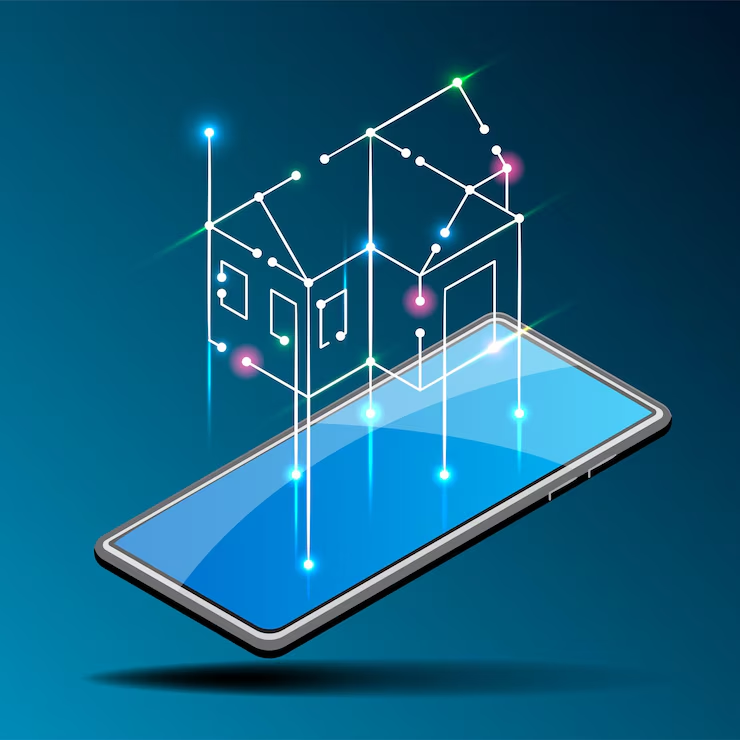Building Modular Flutter Apps Using Clean Architecture
Building Modular Flutter Apps Using Clean Architecture

As Flutter projects grow, so does the complexity of managing code, features, and dependencies. Without a solid structure, you may find yourself entangled in a mess of tightly-coupled files, hard-to-test logic, and UI code bloated with business rules.
That’s where Clean Architecture comes in — helping you build modular, testable, and scalable Flutter apps by clearly separating responsibilities and enforcing good coding practices.
What is Clean Architecture?
Clean Architecture is a software design philosophy introduced by Robert C. Martin (Uncle Bob). Its goal is to separate concerns within your application so that:
-
Business rules don’t depend on frameworks
-
UI doesn’t directly manipulate data sources
-
Dependencies flow inward, not outward
In simple terms, it encourages organizing your project into layers, each with a single responsibility.
Layers of Clean Architecture (Simplified)
-
Presentation Layer
This is your UI: widgets, screens, animations, and input handling. It listens to state changes and reacts accordingly. -
Application Layer (Use Cases)
Contains business rules and orchestrates flow. These are high-level app-specific operations (e.g., “LoginUser”, “GetProfile”). -
Domain Layer
The heart of the app: entities, core logic, and abstract contracts. This layer is framework-agnostic and reusable across platforms. -
Data Layer
Responsible for fetching and storing data (e.g., APIs, databases, local cache). It implements interfaces defined in the domain layer.
Why Go Modular?
Modularization means breaking your app into independent, reusable packages or features. Combined with Clean Architecture, this brings several benefits:
-
Improved testability (e.g., mock data layers easily)
-
Separation of concerns (no business logic in UI)
-
Better collaboration (teams can work on modules independently)
-
Scalability (easy to add features without touching core logic)
-
Faster CI/CD pipelines (build and test features separately)
A Typical Folder Structure (Conceptual)
Each feature (auth, dashboard, etc.) is self-contained, with its own data, domain, and presentation logic.
How to Start Modularizing
-
Identify Features
Break your app down into functional units (auth, user profile, products, etc.) -
Apply the Clean Architecture Layers
Each feature should have its own:-
Data layer (API, repositories)
-
Domain layer (entities, use cases)
-
Presentation layer (UI, controllers, state)
-
-
Use Dependency Injection
Inject services and repositories where needed — using packages like GetIt, Riverpod, or GetX (with bindings). -
Avoid Cross-Layer Imports
Presentation should never know how data is fetched. Rely on interfaces and contracts.
Common Pitfalls to Avoid
-
Over-engineering for small apps
Clean Architecture is ideal for medium to large apps. Start small and scale structure as the app grows. -
Skipping domain logic
Don’t move logic into UI just because it’s “quicker.” It leads to untestable, tightly-coupled code. -
Circular dependencies
Keep dependencies flowing from outer layers (data) inward to core logic, never the reverse.



